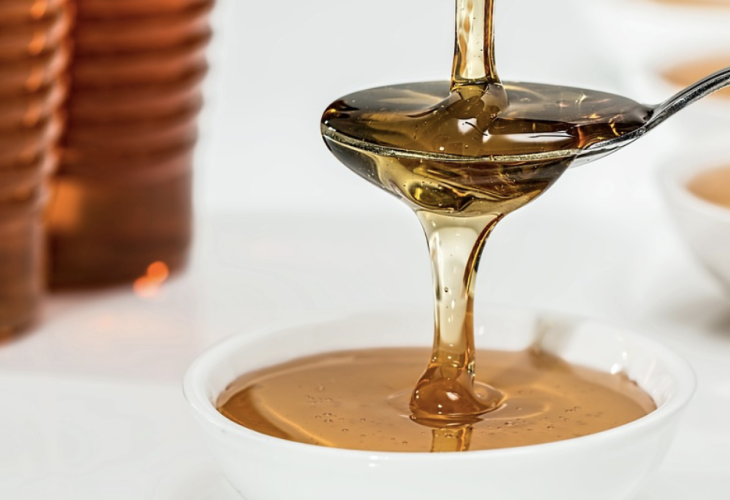How to Spot Real Honey and Steer Clear of Fakes
Learn how to ensure your honey isn't fake and still helps with those pesky flu symptoms.

In the winter, there's nothing like a warm tea with honey to relieve flu and cold symptoms. Unfortunately, not all honey gives you the benefits you need. Did you come across honey that seemed too cheap? That's a reason to pause and consider, as experts suggest it could signal fake honey or that it was stored poorly, possibly impacting its quality.
So how do we know if the honey we're buying is real or fake? There are several ways to tell, and price is just one factor. To track down the 'real deal,' countless small companies and private vendors 'ride' on the genuine product and market it as pure honey. But in reality, it's industrial honey filled with sugars, caramel, and food coloring.
If you want to ensure you're consuming real honey and getting your money's worth, check for these key things:
1. Does the vendor or store where you bought the honey meet the standards of the Standards Institution (an unregulated open market usually won't 'deliver the goods')?
2. Check if the vendor's name is recognized by the Honey Council and whether they qualify as an authorized supplier.
3. Make sure the honey packaging includes the name of the manufacturer or vendor, their address, the date of packaging, and a 'best before' date.
4. The price: How much should a kilogram of honey cost? Great question, as you gathered from the start of the article, price helps determine if honey is real or fake since a kilo should be around 40 shekels. Around the holidays, especially before Rosh Hashanah, there's big competition among vendors and manufacturers, dropping the prices significantly.

